Powering down your Windows 11 PC properly is essential for maintaining its performance and prolonging the lifespan of its components. There are several methods to shut down your computer, each suited to different user preferences and situations.
Shutting down from the start menu
One of the most straightforward ways to turn off your Windows 11 PC is through the Start Menu.
- Click on the Start Menu icon located on your taskbar.
- Select the Power icon at the bottom-right corner of the menu.
- Click on Shut down to power off your computer.
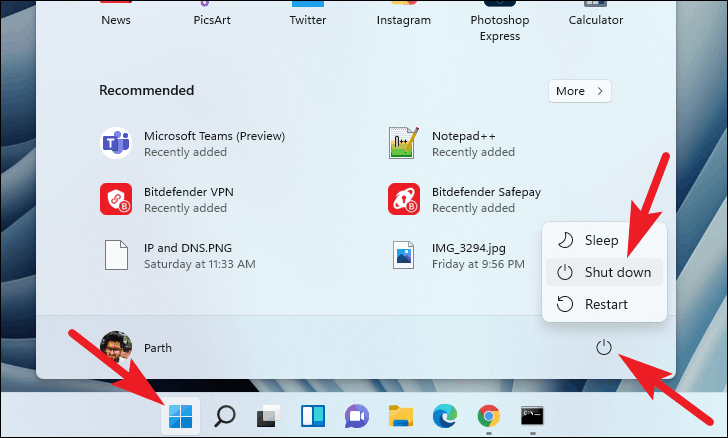
Using the power user menu
The Power User Menu provides quick access to essential system features, including shutdown options.
- Right-click on the Start Menu icon.
- Alternatively, press Windows key + X to open the menu.
- Hover over Shut down or sign out, then select Shut down from the submenu.
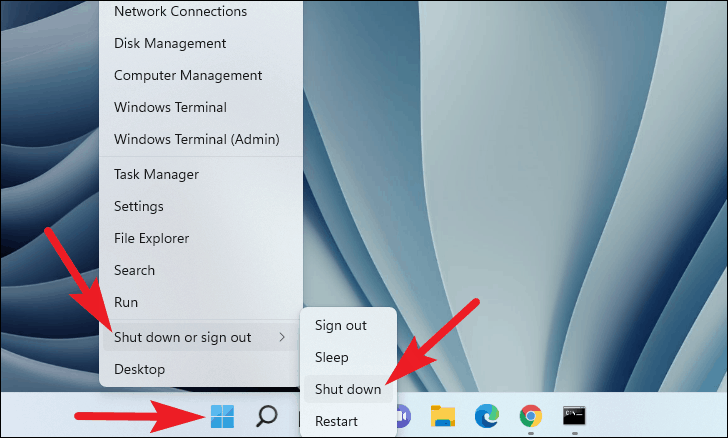
Shutting down directly from the desktop
If you prefer using keyboard shortcuts, you can shut down your PC directly from the desktop.
- Click on an empty space on your desktop to ensure it's active.
- Press Alt + F4 on your keyboard.
- In the Shut Down Windows dialog box, confirm that Shut down is selected.
- Click OK or press Enter to initiate the shutdown.
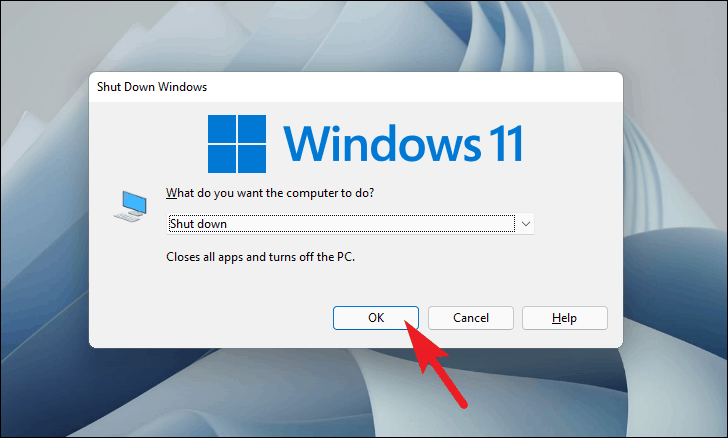
You can also choose other options like Sleep, Hibernate, or Restart by navigating the drop-down menu with your arrow keys before confirming.

Using the security screen
The security screen provides another method to shut down your PC, especially useful if your system is unresponsive.
- Press Ctrl + Alt + Delete simultaneously.
- Click on the Power icon at the bottom-right corner of the screen.
- Select Shut down from the options.
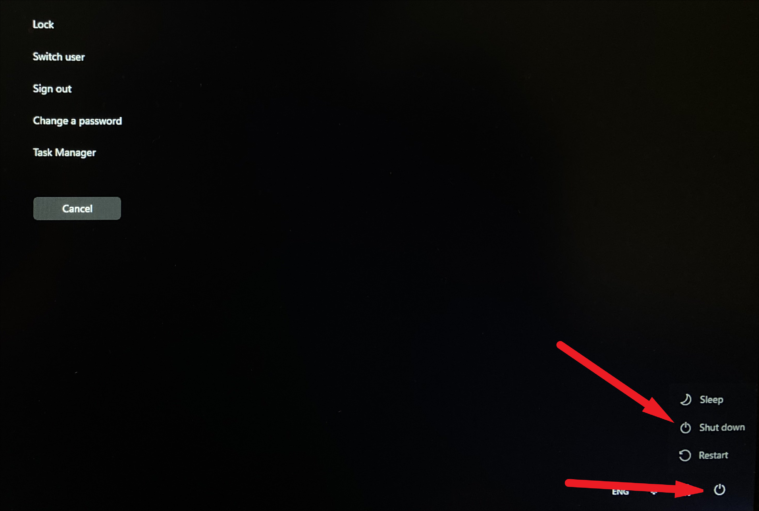
Shutting down via Command Prompt
For advanced users, the Command Prompt offers a quick and efficient way to shut down your PC using commands.
To shut down using the Command Prompt:
- Press Windows + R to open the Run dialog.
- Type cmd and press Enter to launch Command Prompt.
- In the Command Prompt window, type shutdown /s and press Enter.
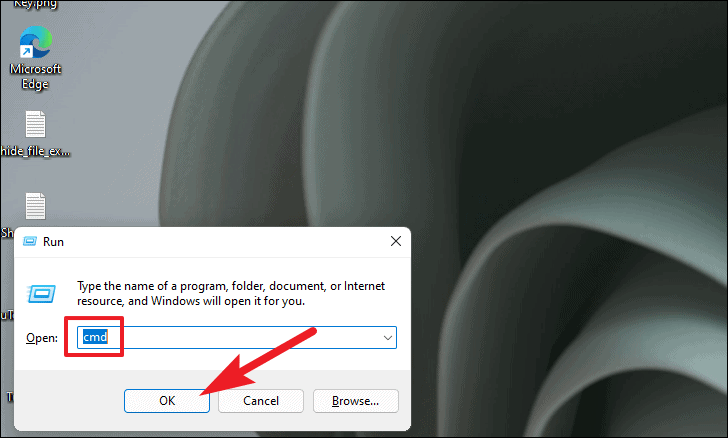
Alternatively, you can use Windows Terminal:
- Press Windows + R to open the Run dialog.
- Type wt.exe and press Enter to open Windows Terminal.
- Click the downward arrow icon on the tab bar and select Command Prompt from the dropdown menu.
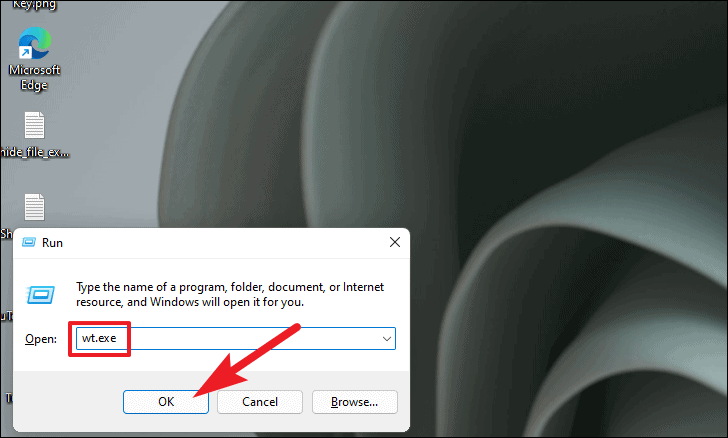

Then, in the Command Prompt tab:
- Type shutdown /s and press Enter to initiate the shutdown.

Note: Your Command Prompt may have different colors or settings if customized.
You can use various parameters with the shutdown command to perform different actions:
/s Shut down the computer.
/r Restart the computer after shutdown.
/g Shut down and restart, then restart any registered applications.
/h Hibernate the local computer.
/l Log off the current user.
/a Abort a system shutdown during the timeout period.
/p Turn off the local computer with no time-out or warning.
/hybrid Perform a hybrid shutdown (fast startup).
/fw Combine with a shutdown option to go to firmware settings on next start.
/e Document the reason for an unexpected shutdown.
/o Go to the advanced boot options menu and restart the computer.
/m \\computer Specify the target computer.
/t xxx Set the time-out period before shutdown to xxx seconds.
/c "comment" Add a comment (up to 512 characters).
/d [p|u:]xx:yy Provide the reason for the shutdown.For a full list of parameters and detailed explanations, refer to the official Microsoft documentation.
Properly shutting down your Windows 11 PC helps maintain system health and ensures that your hardware remains in good condition. Whether you prefer using the Start Menu, keyboard shortcuts, or command-line tools, you have multiple options to suit your workflow.

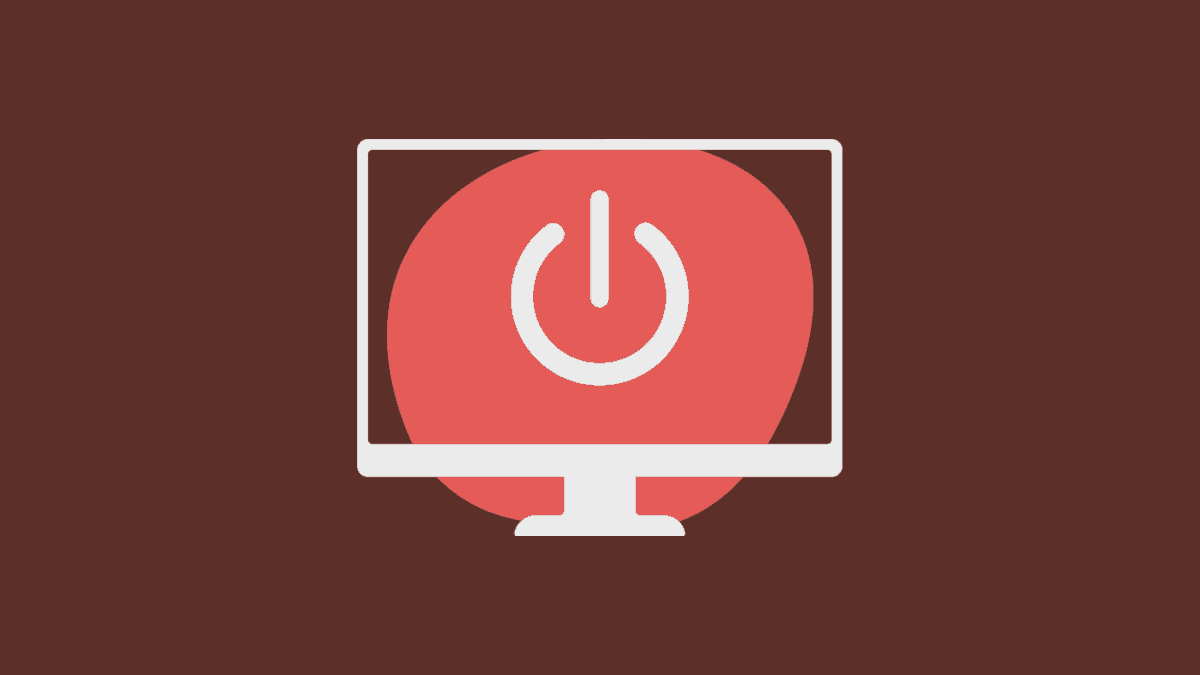






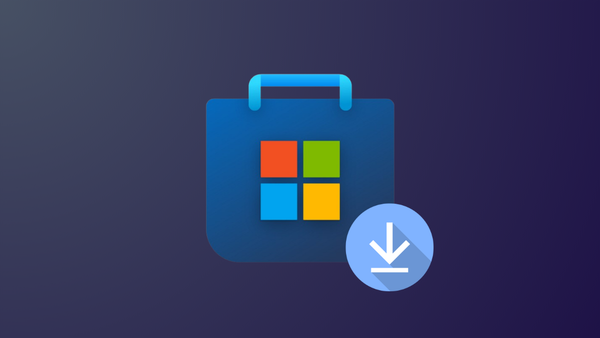


Member discussion